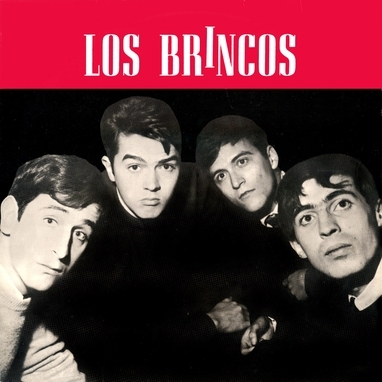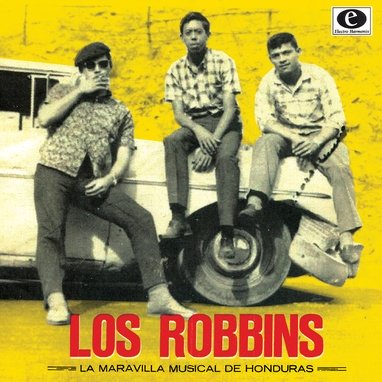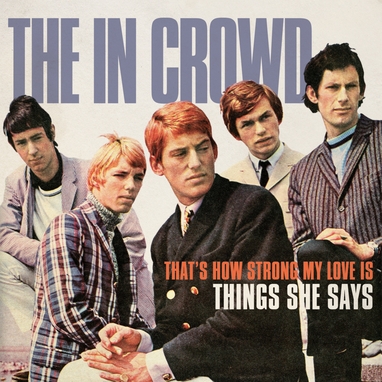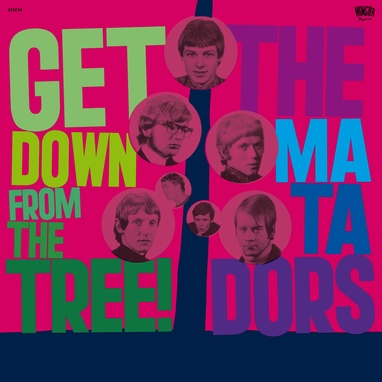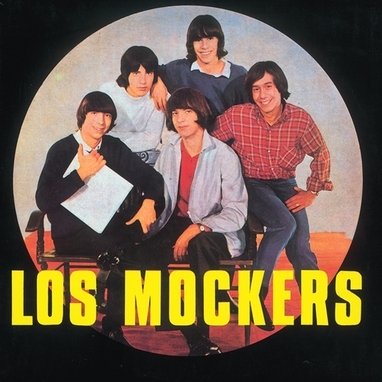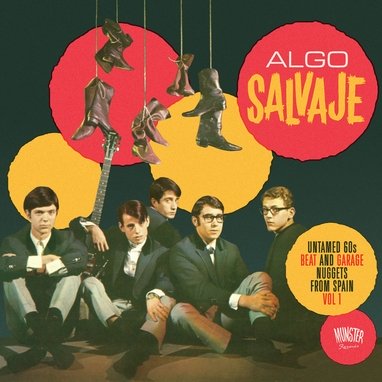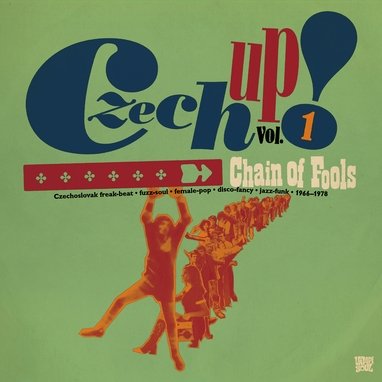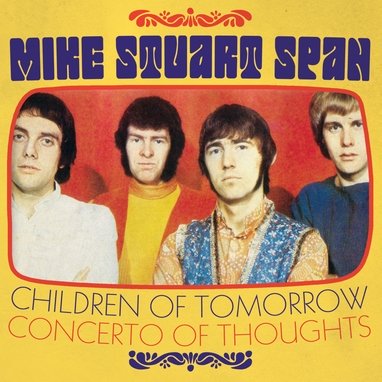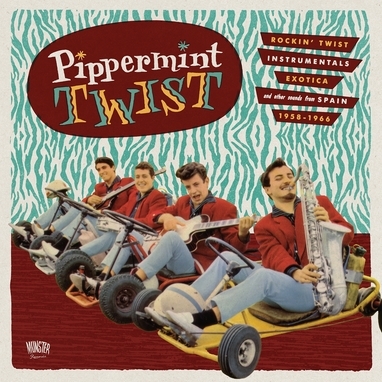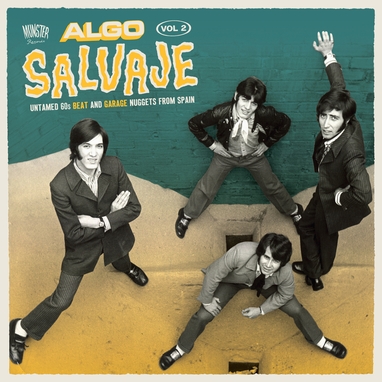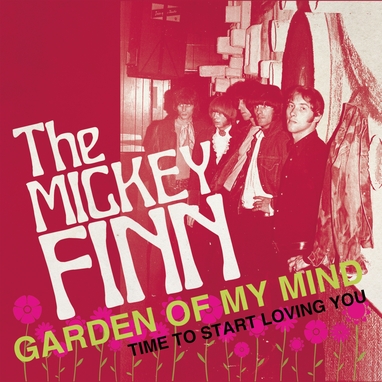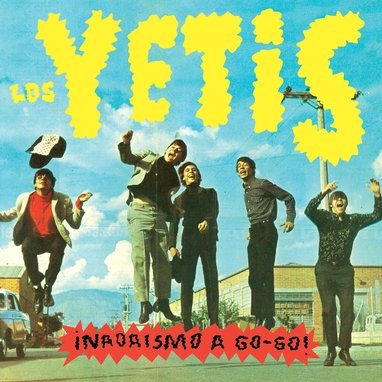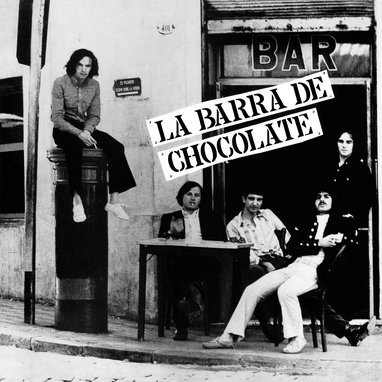Los Brincos
Los Brincos
18,00€
Vinilísssimo
Los Brincos
Los Brincos
1964 original artwork. Limited edition of 1000 copies. 180 g. vinyl.
Reissue of the 1964 debut LP by Los Brincos, the Spanish answer to The Beatles. Los Brincos were Spain’s first truly pop band and their songs, image and attitude represented a needed breath of fresh air in a stale music scene and a country under a dictatorship. Includes their hits ‘Flamenco’ and ‘Dance The Pulga’. Almost 50 years after their appearance, it’s difficult to explain the huge break that Los Brincos represented. There’d been young bands in Spain since the late 50s, but they were limited by the lack of good instruments, scarce information and the lack of liberty under Franco’s regime. Usually, these bands played cover songs of foreign hits and only released 4-song EPs. Suddenly, Los Brincos took it to another level: they wrote their own songs, and introduced themselves with an amazing debut LP supported by two EPs and two singles (until then a rare format in Spain). Novola, the recently created pop subsidiary of Zafiro, funded the adventure. Everything seemed rather impressive, from the looks – Spanish capes, shoes with bells – to the claim that they were going to cause “Brincosis”, with its corresponding dance. Obviously, the point of reference was The Beatles, although with clearly nationalist aspects, such as the clothes or the reference to flamenco. There were, of course, no anti-establishment intentions: Juan Pardo’s father was a navy admiral, long hair was not allowed. They’d travelled around the world – Antonio Morales, aka Junior, was born in The Philippines – and they had very good contacts and resources. However, their music vocation caused a drama within their conservative families, with the exception of Manolo, brother of the actor Agustín González. Making fun of that opposition, for a while they thought about naming the band Las Ovejas Negras (“The Black Sheep”). However, they had genuine rock credentials: they had been members of Los Estudiantes and the very strong Los Pekenikes; both Juan and Junior had recorded as solo artists. The previous events and the tragedy involved in the birth of Los Brincos – the deaths of member Luis Arbex and manager Luis Sartorius – are explained in books such as “45 revoluciones en España” Dopesa, 1972), by Ángel Casas, and “Érase una vez Los Brincos y Juan & Junior” (Efe Eme, 2006), de César Campoy. The Brincos’ debut, released in late 1964, has the stamp of producer Maryní Callejo, whose text on the back cover shows a noticeable scepticism with regards to the “yé-yé” movement, even though she was key in giving shape to such confluence of talent. There are as many ballads as vibrant tracks; both extremes emphasize the band’s vocal skills. Certain details prove that, beyond Liverpool, they have assimilated Mediterranean and Spanish American melodic models. ‘Flamenco’ made them stars. The song revealed the swagger that would become an essential part of their image, a characteristic that seemed to be especially obvious in drummer Fernando Arbex, who would become the unexpected leader of the four-piece. Diego A Manrique
Productos relacionados
18,00€
1964 original artwork. Limited edition of 1000 copies. 180 g. vinyl.
Reissue of the 1964 debut LP by Los Brincos, the Spanish answer to The Beatles. Los Brincos were Spain’s first truly pop band and their songs, image and attitude represented a needed breath of fresh air in a stale music scene and a country under a dictatorship. Includes their hits ‘Flamenco’ and ‘Dance The Pulga’. Almost 50 years after their appearance, it’s difficult to explain the huge break that Los Brincos represented. There’d been young bands in Spain since the late 50s, but they were limited by the lack of good instruments, scarce information and the lack of liberty under Franco’s regime. Usually, these bands played cover songs of foreign hits and only released 4-song EPs. Suddenly, Los Brincos took it to another level: they wrote their own songs, and introduced themselves with an amazing debut LP supported by two EPs and two singles (until then a rare format in Spain). Novola, the recently created pop subsidiary of Zafiro, funded the adventure. Everything seemed rather impressive, from the looks – Spanish capes, shoes with bells – to the claim that they were going to cause “Brincosis”, with its corresponding dance. Obviously, the point of reference was The Beatles, although with clearly nationalist aspects, such as the clothes or the reference to flamenco. There were, of course, no anti-establishment intentions: Juan Pardo’s father was a navy admiral, long hair was not allowed. They’d travelled around the world – Antonio Morales, aka Junior, was born in The Philippines – and they had very good contacts and resources. However, their music vocation caused a drama within their conservative families, with the exception of Manolo, brother of the actor Agustín González. Making fun of that opposition, for a while they thought about naming the band Las Ovejas Negras (“The Black Sheep”). However, they had genuine rock credentials: they had been members of Los Estudiantes and the very strong Los Pekenikes; both Juan and Junior had recorded as solo artists. The previous events and the tragedy involved in the birth of Los Brincos – the deaths of member Luis Arbex and manager Luis Sartorius – are explained in books such as “45 revoluciones en España” Dopesa, 1972), by Ángel Casas, and “Érase una vez Los Brincos y Juan & Junior” (Efe Eme, 2006), de César Campoy. The Brincos’ debut, released in late 1964, has the stamp of producer Maryní Callejo, whose text on the back cover shows a noticeable scepticism with regards to the “yé-yé” movement, even though she was key in giving shape to such confluence of talent. There are as many ballads as vibrant tracks; both extremes emphasize the band’s vocal skills. Certain details prove that, beyond Liverpool, they have assimilated Mediterranean and Spanish American melodic models. ‘Flamenco’ made them stars. The song revealed the swagger that would become an essential part of their image, a characteristic that seemed to be especially obvious in drummer Fernando Arbex, who would become the unexpected leader of the four-piece. Diego A Manrique
Productos relacionados
Los Brincos
1964 original artwork. Limited edition of 1000 copies. 180 g. vinyl.
Reissue of the 1964 debut LP by Los Brincos, the Spanish answer to The Beatles. Los Brincos were Spain’s first truly pop band and their songs, image and attitude represented a needed breath of fresh air in a stale music scene and a country under a dictatorship. Includes their hits ‘Flamenco’ and ‘Dance The Pulga’. Almost 50 years after their appearance, it’s difficult to explain the huge break that Los Brincos represented. There’d been young bands in Spain since the late 50s, but they were limited by the lack of good instruments, scarce information and the lack of liberty under Franco’s regime. Usually, these bands played cover songs of foreign hits and only released 4-song EPs. Suddenly, Los Brincos took it to another level: they wrote their own songs, and introduced themselves with an amazing debut LP supported by two EPs and two singles (until then a rare format in Spain). Novola, the recently created pop subsidiary of Zafiro, funded the adventure. Everything seemed rather impressive, from the looks – Spanish capes, shoes with bells – to the claim that they were going to cause “Brincosis”, with its corresponding dance. Obviously, the point of reference was The Beatles, although with clearly nationalist aspects, such as the clothes or the reference to flamenco. There were, of course, no anti-establishment intentions: Juan Pardo’s father was a navy admiral, long hair was not allowed. They’d travelled around the world – Antonio Morales, aka Junior, was born in The Philippines – and they had very good contacts and resources. However, their music vocation caused a drama within their conservative families, with the exception of Manolo, brother of the actor Agustín González. Making fun of that opposition, for a while they thought about naming the band Las Ovejas Negras (“The Black Sheep”). However, they had genuine rock credentials: they had been members of Los Estudiantes and the very strong Los Pekenikes; both Juan and Junior had recorded as solo artists. The previous events and the tragedy involved in the birth of Los Brincos – the deaths of member Luis Arbex and manager Luis Sartorius – are explained in books such as “45 revoluciones en España” Dopesa, 1972), by Ángel Casas, and “Érase una vez Los Brincos y Juan & Junior” (Efe Eme, 2006), de César Campoy. The Brincos’ debut, released in late 1964, has the stamp of producer Maryní Callejo, whose text on the back cover shows a noticeable scepticism with regards to the “yé-yé” movement, even though she was key in giving shape to such confluence of talent. There are as many ballads as vibrant tracks; both extremes emphasize the band’s vocal skills. Certain details prove that, beyond Liverpool, they have assimilated Mediterranean and Spanish American melodic models. ‘Flamenco’ made them stars. The song revealed the swagger that would become an essential part of their image, a characteristic that seemed to be especially obvious in drummer Fernando Arbex, who would become the unexpected leader of the four-piece. Diego A Manrique
1964 original artwork. Limited edition of 1000 copies. 180 g. vinyl.
Reissue of the 1964 debut LP by Los Brincos, the Spanish answer to The Beatles. Los Brincos were Spain’s first truly pop band and their songs, image and attitude represented a needed breath of fresh air in a stale music scene and a country under a dictatorship. Includes their hits ‘Flamenco’ and ‘Dance The Pulga’. Almost 50 years after their appearance, it’s difficult to explain the huge break that Los Brincos represented. There’d been young bands in Spain since the late 50s, but they were limited by the lack of good instruments, scarce information and the lack of liberty under Franco’s regime. Usually, these bands played cover songs of foreign hits and only released 4-song EPs. Suddenly, Los Brincos took it to another level: they wrote their own songs, and introduced themselves with an amazing debut LP supported by two EPs and two singles (until then a rare format in Spain). Novola, the recently created pop subsidiary of Zafiro, funded the adventure. Everything seemed rather impressive, from the looks – Spanish capes, shoes with bells – to the claim that they were going to cause “Brincosis”, with its corresponding dance. Obviously, the point of reference was The Beatles, although with clearly nationalist aspects, such as the clothes or the reference to flamenco. There were, of course, no anti-establishment intentions: Juan Pardo’s father was a navy admiral, long hair was not allowed. They’d travelled around the world – Antonio Morales, aka Junior, was born in The Philippines – and they had very good contacts and resources. However, their music vocation caused a drama within their conservative families, with the exception of Manolo, brother of the actor Agustín González. Making fun of that opposition, for a while they thought about naming the band Las Ovejas Negras (“The Black Sheep”). However, they had genuine rock credentials: they had been members of Los Estudiantes and the very strong Los Pekenikes; both Juan and Junior had recorded as solo artists. The previous events and the tragedy involved in the birth of Los Brincos – the deaths of member Luis Arbex and manager Luis Sartorius – are explained in books such as “45 revoluciones en España” Dopesa, 1972), by Ángel Casas, and “Érase una vez Los Brincos y Juan & Junior” (Efe Eme, 2006), de César Campoy. The Brincos’ debut, released in late 1964, has the stamp of producer Maryní Callejo, whose text on the back cover shows a noticeable scepticism with regards to the “yé-yé” movement, even though she was key in giving shape to such confluence of talent. There are as many ballads as vibrant tracks; both extremes emphasize the band’s vocal skills. Certain details prove that, beyond Liverpool, they have assimilated Mediterranean and Spanish American melodic models. ‘Flamenco’ made them stars. The song revealed the swagger that would become an essential part of their image, a characteristic that seemed to be especially obvious in drummer Fernando Arbex, who would become the unexpected leader of the four-piece. Diego A Manrique

